A network that builds itself and never stops
Nodes configure themselves automatically. The first activated nodes establish the network context, and all others align autonomously. This “zero‑touch” approach eliminates the need for dedicated gateways and centralized services: the network configures itself only once and continuously communicates, adapting in real time to changes.
All nodes share a common time reference. The network employs a unique synchronization algorithm that continuously aligns each device’s internal clock. This ensures that data from different nodes is always time‑synchronized, a crucial aspect for many scientific and industrial applications.
DaaS is serverless, making it particularly well‑suited for developing cloud, fog, and edge models. Each node processes and synchronizes data locally, reducing latency, increasing resilience, and ensuring operational continuity even without a connection to remote infrastructures.
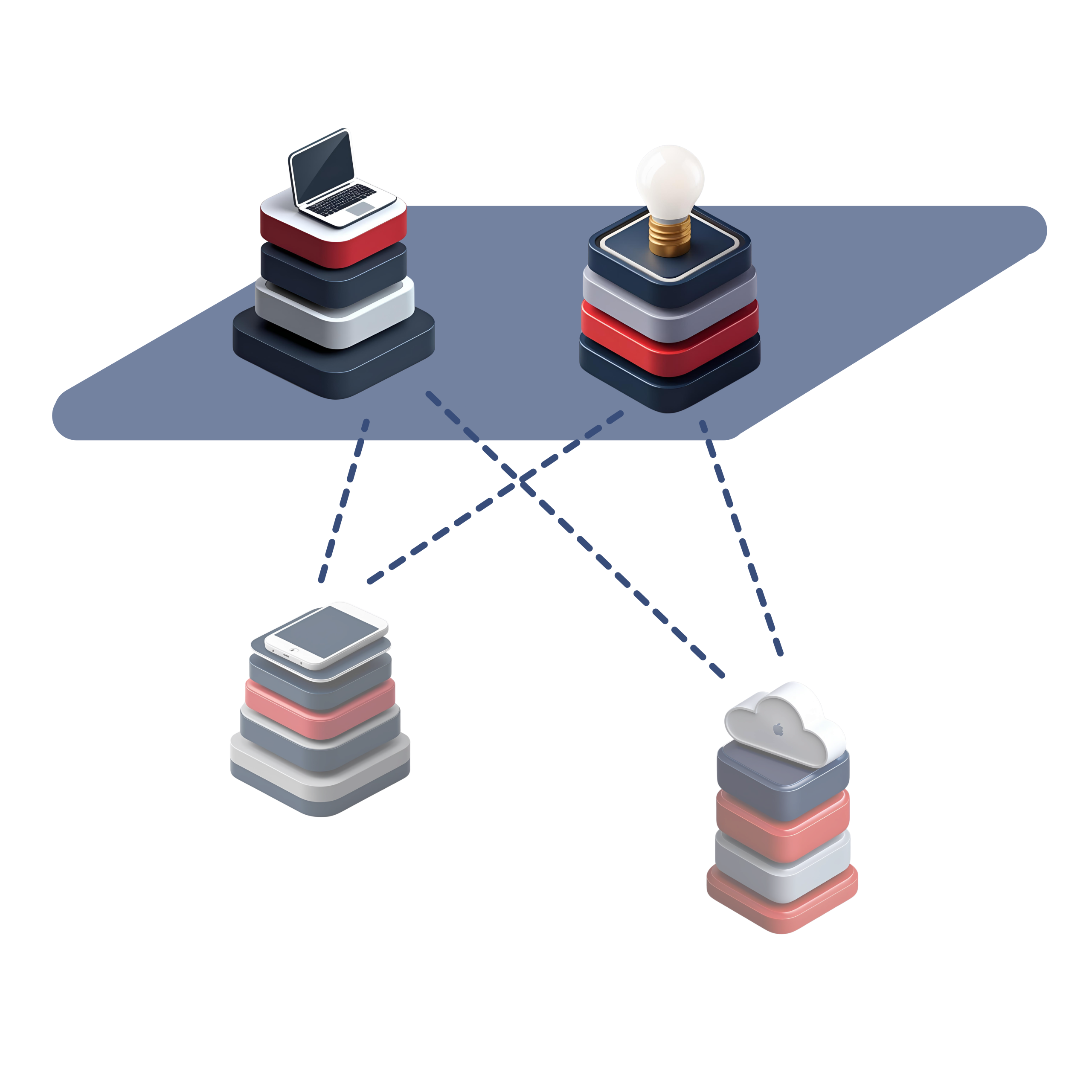
Overlay Mesh DaaS Network Architecture
Technology Tour
DaaS activates an overlay network capable of dynamically adapting to operational conditions to optimally leverage the transmission channels – the underlay – and ensure temporal coherence of data
DaaS employs mesh technology, endowing networks with versatility and scalability to develop solutions that support edge‑computing and fog‑computing.
Overlay Network
Nodes establish an overlay logical network layer, independent of specific transport protocols and media, creating a ‘network within a network’ with unique characteristics.

To reduce the overhead introduced by the DaaS overlay technology, a
data‑encapsulation mechanism has been adopted to minimize redundancy by using
packet headers with variable size and semantics. DaaS data are encapsulated in
“DaaS Data Object” (DDO) packets, which can be treated as two
semantic variants:
system‑ddo and user‑ddo. For transfer between
different nodes, the DDOs are
extended into DaaS‑MEssage (DME) packets. DME packets can take three variants:
dme‑transfer, dme‑control, and
dme‑service.
Mesh Topology
Nodes establish direct and indirect connections among themselves, routing packets over multiple paths to ensure continuity and redundancy.
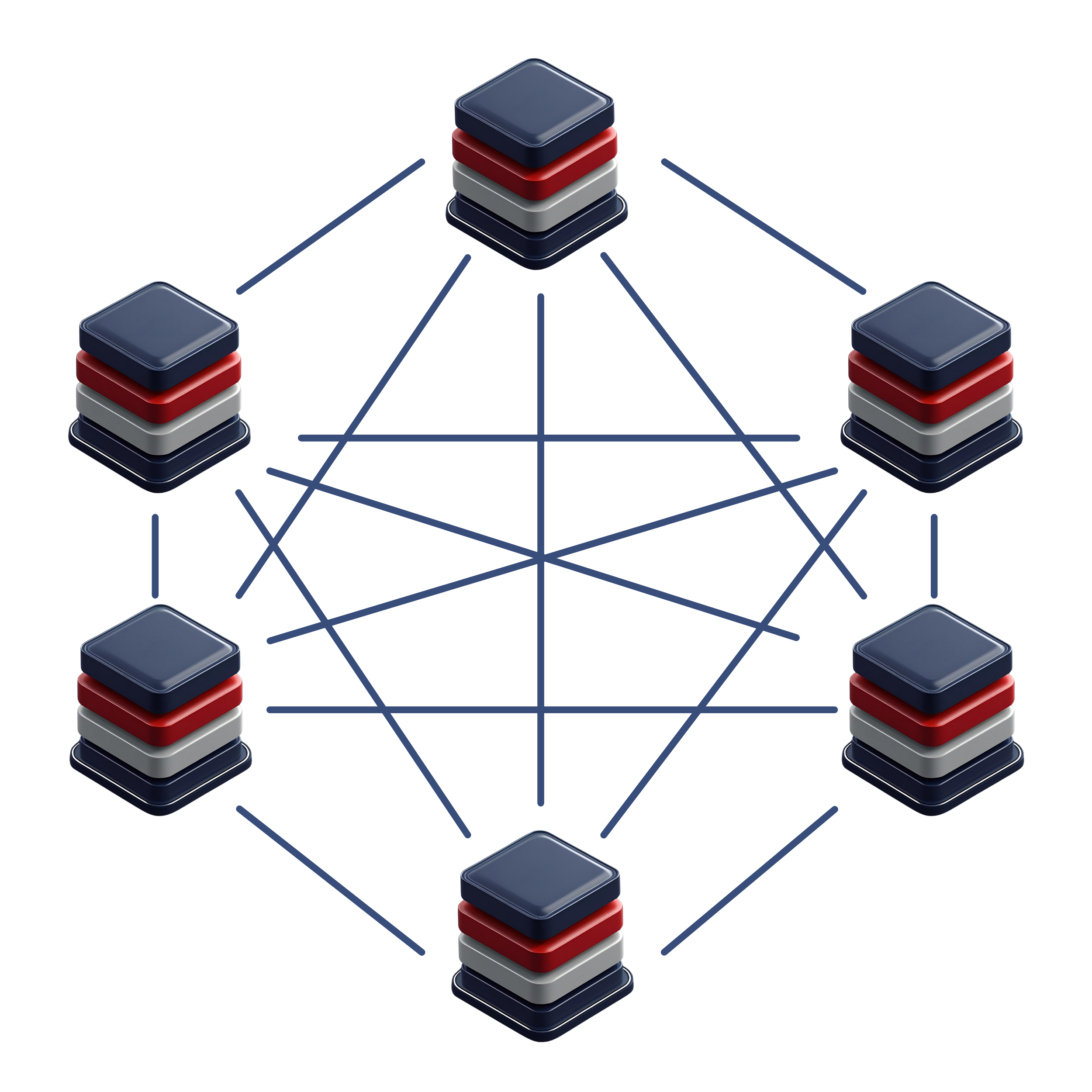
The DaaS network implements an Overlay Mesh Network that leverages one or more underlay transmission layers (existing network technologies), creating a flexible and resilient logical overlay.
Protocol Channelling
Nodes utilize local communication interfaces (Wi‑Fi, Ethernet, Bluetooth, etc.) to establish multiple logical connections evaluated for availability, performance, and security.
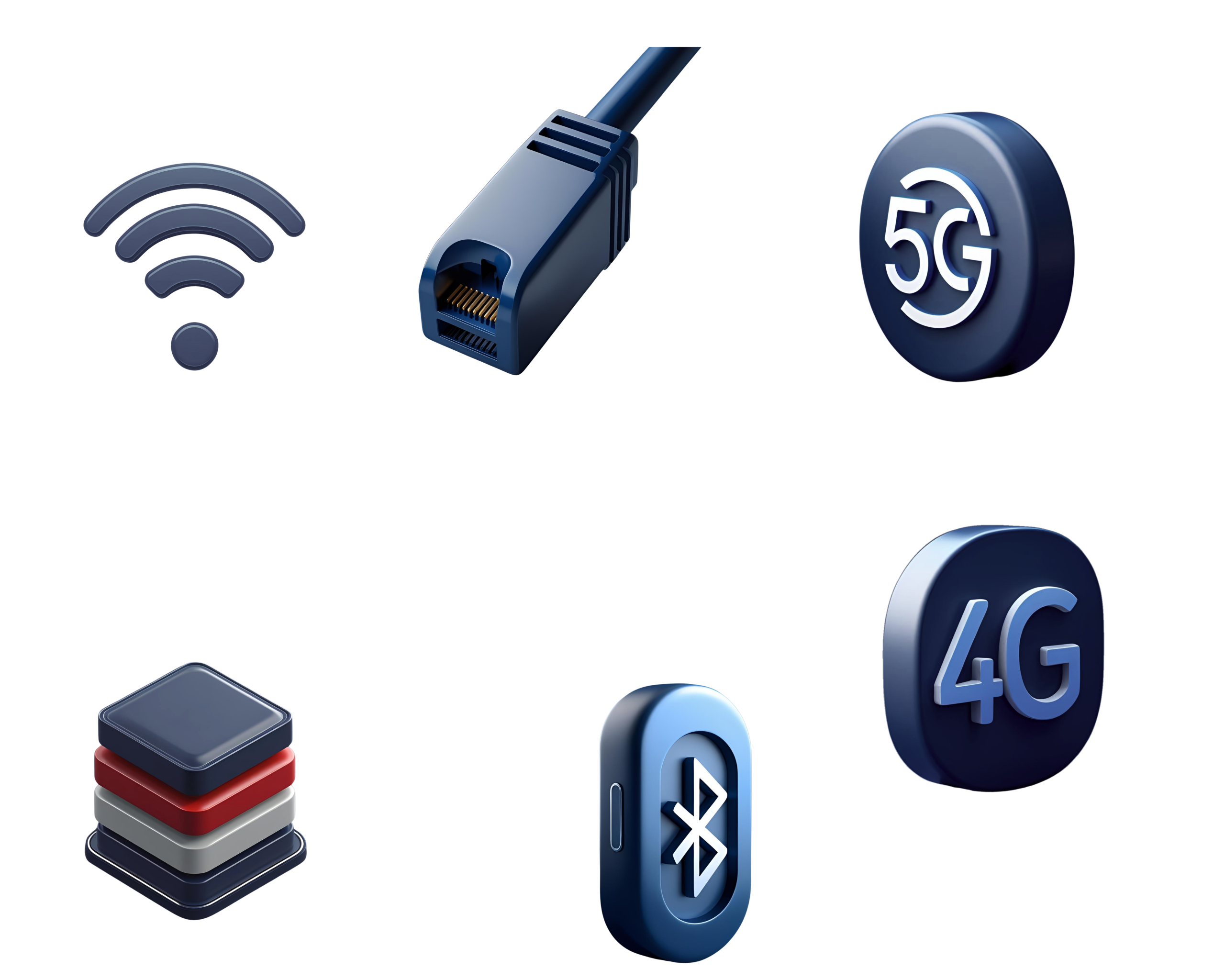
Nodes employ the best available communication channel, whether Wi‑Fi, Ethernet, 4G, 5G, Bluetooth, or LoRa. Devices can switch between channels (protocol switching) based on signal quality and availability to ensure uninterrupted data delivery.
Self-Provisioning
Active nodes define the characteristics of the network, while subsequent nodes dynamically align by sharing configuration parameters and identifiers.

The mesh topology can be defined either statically or dynamically thanks to the discovery algorithm. This functionality enables the deployment of distributed systems—including a significant number of nodes—by simply powering the devices in ‘discovery mode’: each node attempts to reach others based on the active channel drivers, performing a ‘pairing’ process to establish interconnections. Through this mechanism, the network self‑configures according to the expected performance parameters (feature plans), leveraging the available media
Self-Synchronize
Nodes share a common time reference, dynamically correcting misalignments with adjacent nodes through a mutual-consensus mechanism.
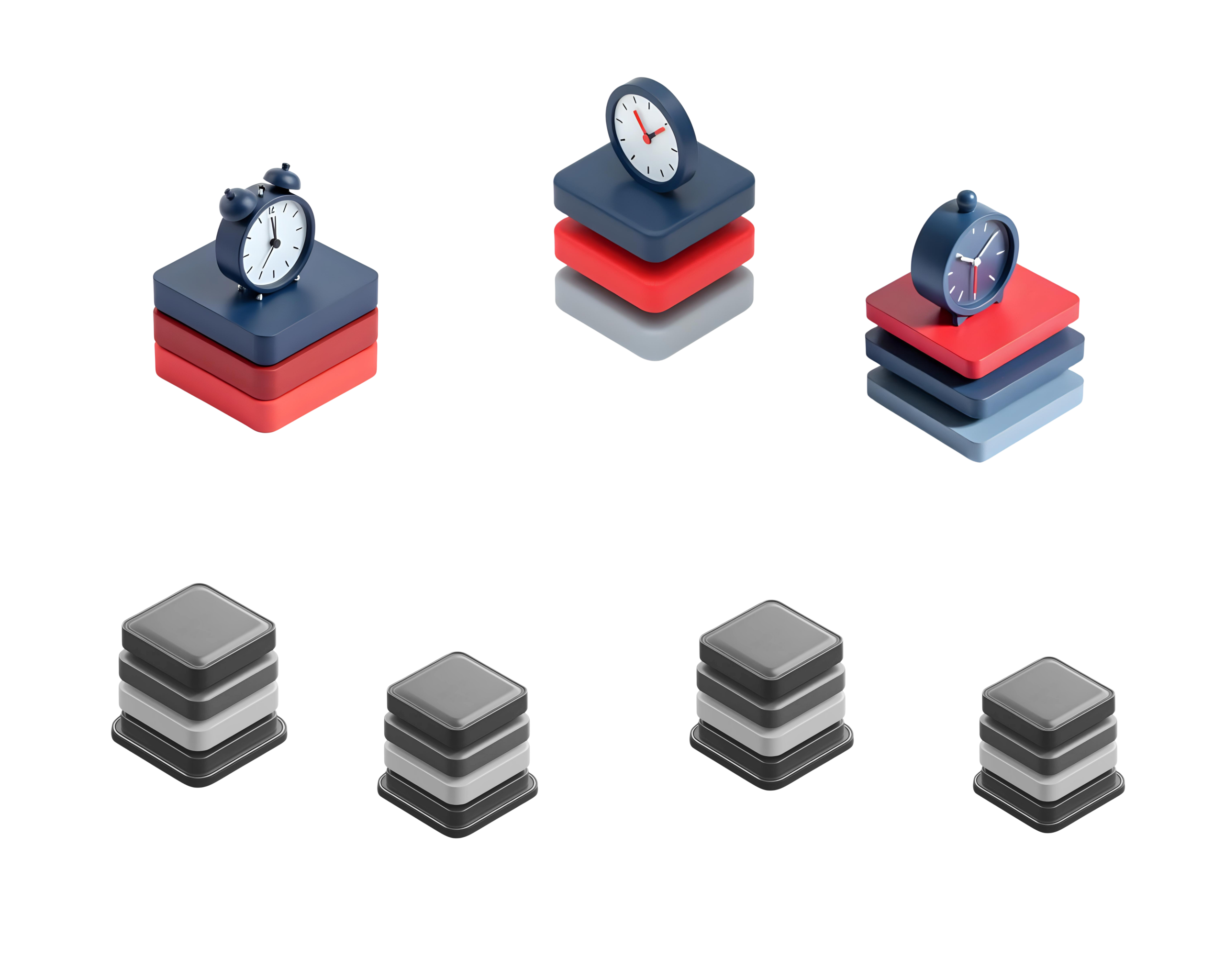
DaaS employs the ATS algorithm and its dedicated sub-protocol to enable autonomous and precise time synchronization among devices active on the network. Nodes act as both receivers and transmitters, exchanging the necessary data to compensate for clock drift and offset. The exchanged data allow the calculation of ‘Drift Compensation’ and ‘Offset Compensation’ factors, which are used to determine the correction coefficients needed to align local time with network time. With ATS, accurate clock synchronization can be achieved across multiple devices, even in the presence of significant communication delays.
Data-Relaying
Nodes can hold data until a channel becomes available, handling fragmentation and reassembly transparently and efficiently.

DaaS supports two types of transmission: stateless and stateful. Stateless transmissions involve the exchange of data blocks in ‘batch’ mode, without constraints on packet flight time. For such transmissions, DaaS implements a data-relaying function that allows intermediate nodes—between source and destination—to buffer data intended for temporarily unreachable nodes, handling fragmentation and reassembly transparently and efficiently (based on the TTL concept).
Security & Performance
The performances of a network can be evaluated with respect to four classes of factors:
– Capabilities: Features like functional capabilities and specific networking services.
– Availability: Successfully induced and the availability of communication services over the time.
– Throughput: Data that may be delivered through network nodes. It represents digital bandwidth consumption.
– Security: Ability of the network to ensure the peers identification and the integrity of the transferred data.
The overall performance evaluation of a digital network consists in the aggregation of the performance measures of the individual transmission channels used.
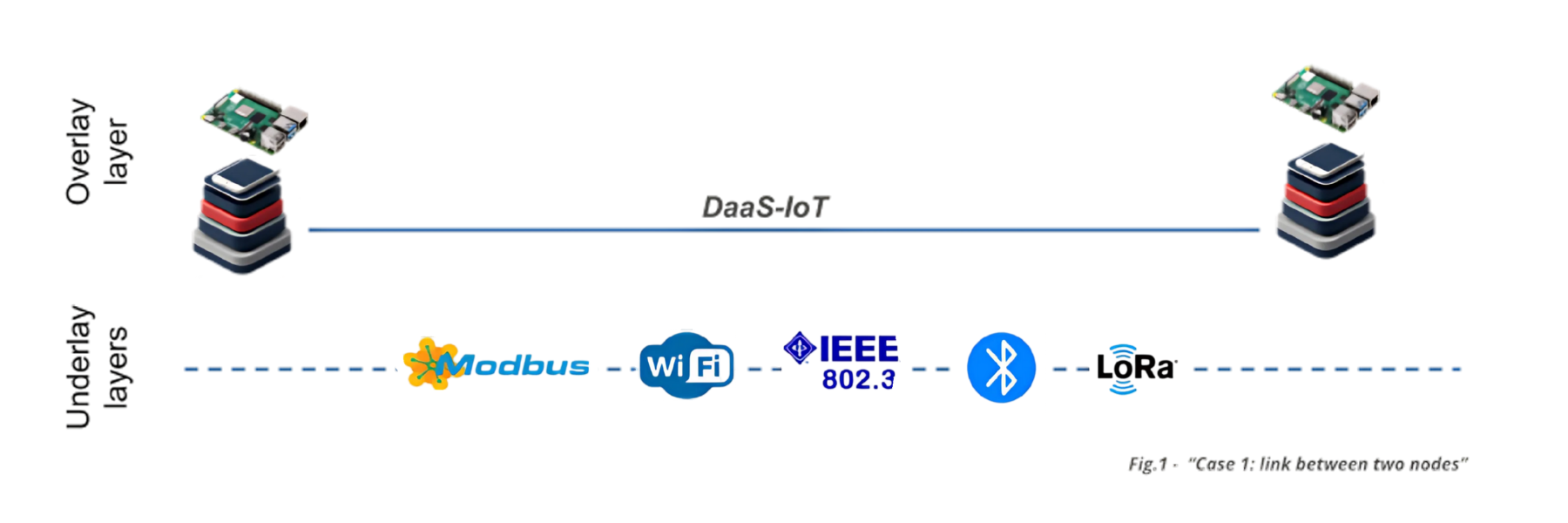
Network Diagram: Overlay vs Underlay performance comparison with various protocols like Modbus, WiFi, IEEE 802.3, Bluetooth, LoRa
Starting from this assumption, we used a loopback technique between two nodes to measure the difference between the throughput of the Overlay DaaS Network and the throughput of the underlay network used with respect to heterogeneous transmission channels.
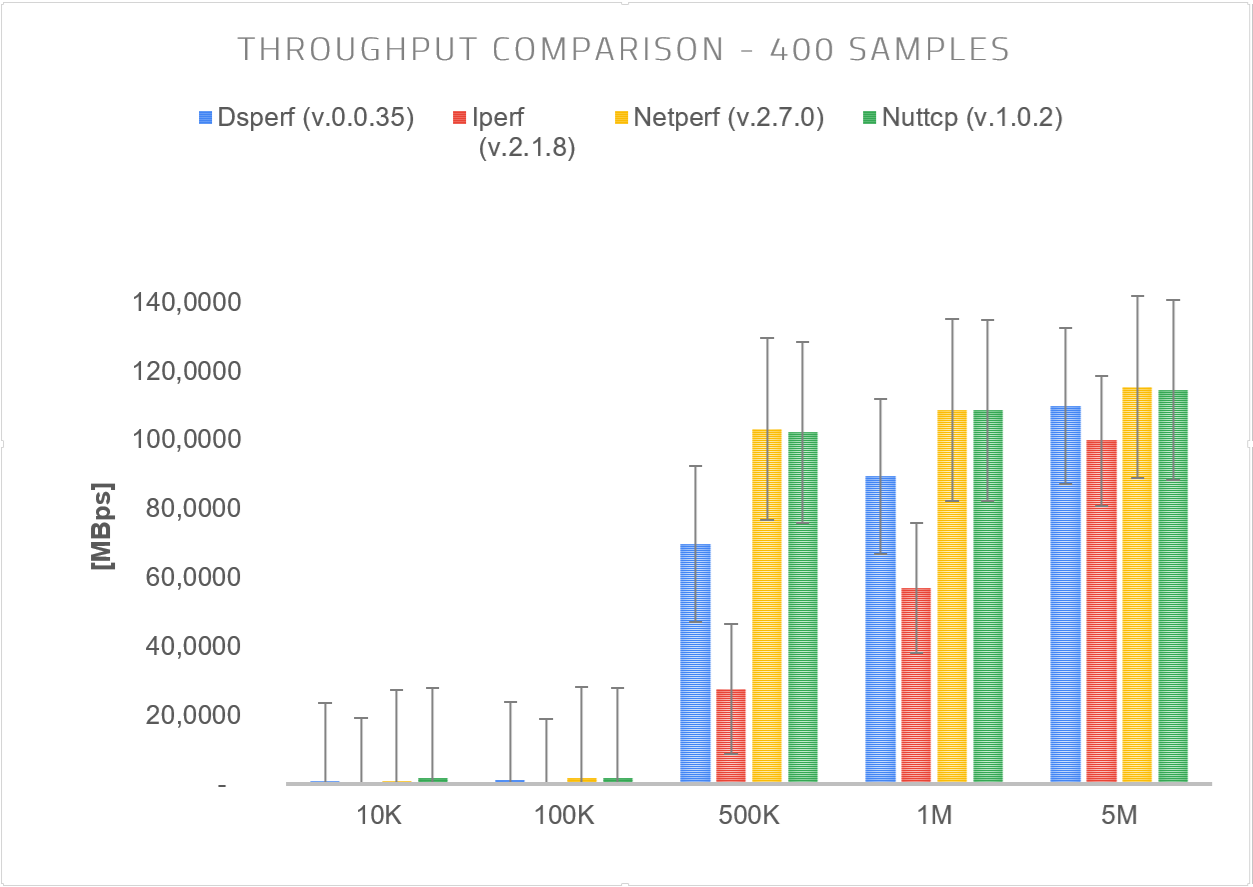
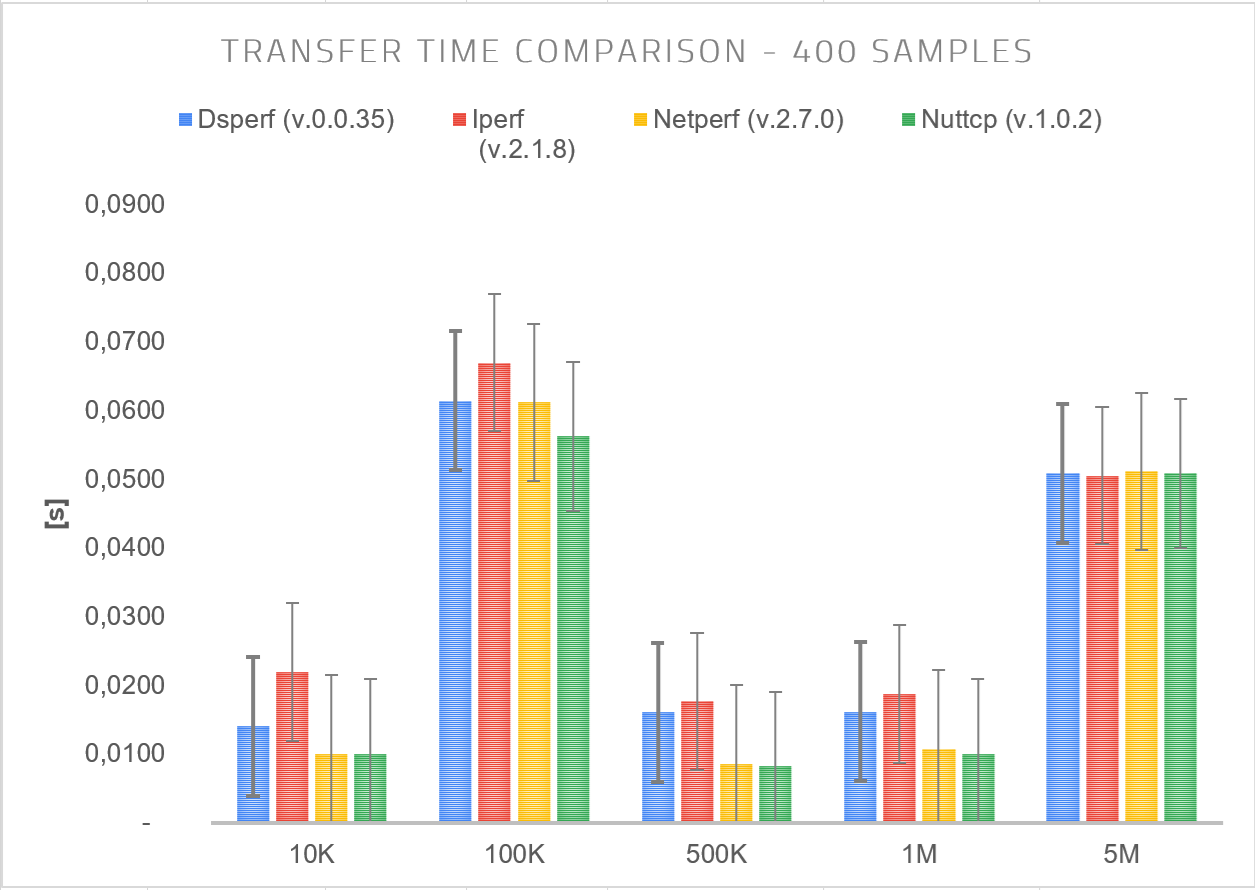
Additional performance metrics showing DaaS network efficiency
Security
DaaS supports end-to-end encryption and authentication. Nodes employ channel privatization mechanisms to keep data isolated and protected within the DaaS layer, even when transmitted over public networks.
Efficiency
DaaS introduces mechanisms to reduce data traffic. Messages can be typed and structured to transfer only meaningful information, avoiding redundancies and reducing traffic volume by up to 80%.
Scalability
DaaS does not limit the number of nodes. To increase operational capacity, nodes can be duplicated to buffer and distribute traffic across a larger number of routing and processing devices.
Resilience
DaaS ensures operational continuity. Even under degraded channel conditions or high congestion, nodes adapt locally by changing channels or bitrates and negotiate optimal time windows to guarantee timely deliveries.





